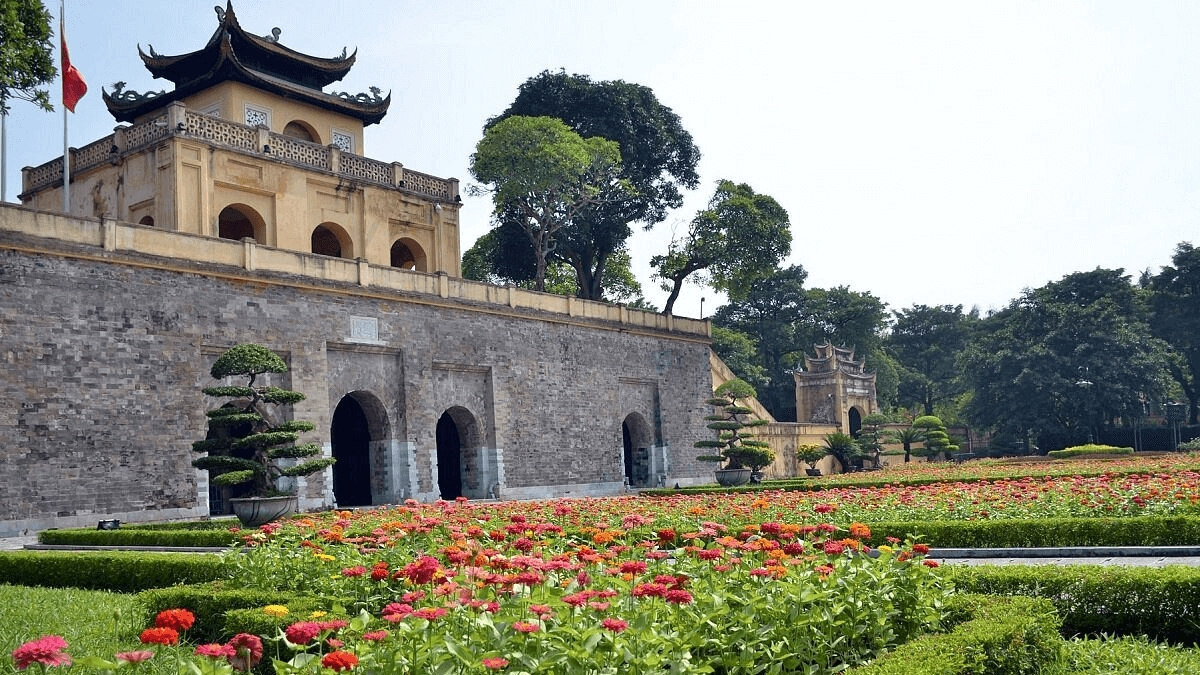Exploring the Imperial Citadel of Thang Long
The Imperial Citadel of Thang Long is a fascinating historical site located in the heart of Hanoi, Vietnam. This UNESCO World Heritage Site offers a glimpse into the rich history and culture of Vietnam, making it a must-visit for history enthusiasts and travelers alike. If you’re planning a visit, here’s everything you need to know to make the most of your trip.
Getting There
The Imperial Citadel of Thang Long is conveniently located in central Hanoi, making it easily accessible by various modes of transportation. If you’re staying in the Old Quarter, you can reach the citadel by foot, which is a great way to explore the bustling streets of Hanoi. Alternatively, you can take a taxi or a motorbike taxi, both of which are affordable and readily available throughout the city. For those using public transportation, several bus routes pass near the citadel, making it a budget-friendly option.
Once you arrive, you’ll find the main entrance on Hoang Dieu Street. The citadel is open from Tuesday to Sunday, from 8:00 AM to 5:00 PM, and it’s closed on Mondays. It’s a good idea to visit early in the day to avoid the crowds and the midday heat, especially if you’re visiting during the summer months.
What to See
The Imperial Citadel of Thang Long is a sprawling complex with several key attractions that you won’t want to miss. Start your visit at the Flag Tower of Hanoi, one of the most iconic structures in the citadel. This 33-meter tall tower offers panoramic views of the surrounding area and is a great spot for photos.
Next, head to the Doan Mon Gate, the main entrance to the citadel. This impressive gate is a testament to the architectural prowess of the ancient Vietnamese and serves as a grand introduction to the site. As you explore further, you’ll come across the Kinh Thien Palace, which was once the heart of the imperial city. Although only the foundation remains today, it’s a significant historical site that offers insight into the grandeur of the past.
Don’t miss the archaeological site, where you can see artifacts and remnants from different periods of Vietnamese history. The site includes ancient wells, pottery, and foundations of old structures, providing a tangible connection to the past. The citadel also houses several museums and exhibitions that showcase the history and culture of Vietnam, making it a comprehensive educational experience.
Tips for Visiting
To make the most of your visit to the Imperial Citadel of Thang Long, here are some practical tips:
- Dress Comfortably: The citadel is a large area with plenty of walking involved, so wear comfortable shoes and clothing. Also, consider bringing a hat and sunscreen, especially if you’re visiting during the hotter months.
- Guided Tours: Consider joining a guided tour to gain deeper insights into the history and significance of the site. Many tours are available in English and other languages, and they can provide valuable context that enhances your visit.
- Photography: The citadel offers numerous photo opportunities, from the grand architecture to the lush gardens. Be respectful of any areas where photography might be restricted, and always ask for permission if you’re taking photos of people.
- Stay Hydrated: Hanoi can be quite hot and humid, so bring a water bottle to stay hydrated as you explore. There are also small shops and vendors nearby where you can purchase refreshments.
- Plan Your Time: Allocate at least two to three hours to fully explore the citadel. This will give you enough time to see the main attractions and enjoy the peaceful atmosphere of the gardens.
Visiting the Imperial Citadel of Thang Long is a journey through Vietnam’s rich history and culture. With its impressive architecture, fascinating artifacts, and serene gardens, it’s a place that offers both education and inspiration. Whether you’re a history buff or simply looking to experience something unique, the citadel is a destination that should not be missed on your trip to Hanoi.
